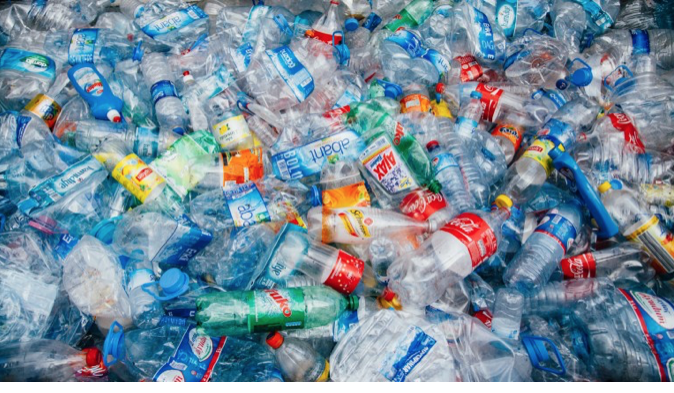CommentsGUEST COMMENTARY - I still remember the poster on the wall at Bell Gardens Intermediate School back in 1987: “Reduce, Reuse, Recycle.”
The order of those words mattered, our teachers told us: first, reduce everything we can, then reuse what we can’t reduce, and finally we recycle what’s left.
But that’s not how things played out, especially with plastics.
Since those fifth-grade days, plastic production and plastic pollution has grown exponentially. Today we are producing about 300 million tons of plastic waste every year: equal to the weight of the entire human population.
We have utterly failed to reduce, though a notable and ironic exception is many immigrant communities like mine, who were raised, often out of necessity, to stretch the most out of every resource.
Reuse has had limited reach, but has plenty of potential with the right incentives, investments and intentions. YETI bottles are expensive and clean water refill stations are rare even in the nicest new buildings and neighborhoods. But in my Mexican immigrant household, we reuse lots. Our Tupperware is reused Country Crock containers. My aunt sends us home with extra pozole and menudo in repurposed yogurt containers.
Because it suited the oil industry, product manufacturers and packaging giants, and fueled by low cost and convenience, we put our emphasis only on the least good choice: recycling. But when it comes to plastic, recycling is a dismal failure. Less than 10% of all plastic ever made has been recycled.
The United Nations Environment Programme is convened in Nairobi with nations and non-governmental organizations from across the world in an effort to produce the world’s first global plastics treaty. Last spring, the UNEP issued “NEGLECTED: Environmental Justice Impacts of Marine Litter and Plastic Pollution” which was jointly authored with California-based environmental justice organization Azul.
The report drew a conclusion that I know all too well from my lived experience: that plastic pollution disproportionately affects marginalized communities and people living near plastic production and waste sites, constituting an egregious environmental injustice. Azul’s Marce Gutiérrez-Graudiņš said, “Plastic pollution is a social justice issue. Current efforts to manage and decrease plastic pollution are inadequate to address the full scope of problems it entails.”
A new national poll by the nonprofit group Oceana shows that 8 in 10 voters nationwide support local, state and national policies to reduce single-use plastics – the plastics which are designed to be discarded after just one use and which constitute half of all plastics produced. Americans are aligned with global opinion; IPSOS published a poll recently finding that three-quarters of people in the world want to see single-use plastics banned.
We must re-center reduction as a core priority. It’s not enough to reduce the weight of plastics in our packaging, products and foodware, we also must pass policies that mandate a reduction in the number of single-use plastic items that start out as extracted fossil fuels, are processed into packaging and products at polluting plants based in our vulnerable communities. These items show up in our homes as convenient toxins, fill our garbage cans and recycle bins, contaminate recycling streams, pollute our air when incinerated, litter our communities, parks and sacred places. They are dumped in the world’s oceans, and contribute enough greenhouse gases to be the world’s fifth largest emitter, if plastics was a country.
The Legislature has tried and failed over several years to comprehensively mandate reductions in single-use plastics. But California voters have an opportunity this November to vote for the reductions we urgently need.
I’ve just endorsed the California Plastic Pollution Reduction & Recycling Act, requiring that single-use plastic packaging and foodware in California be reusable, recyclable or compostable by 2030, mandating that plastic producers reduce single-use packaging and foodware by at least 25% by 2030. The initiative, which has qualified for the November ballot, prohibits the distribution of plastic foam food containers, and funds recycling programs, habitat restoration and environmental cleanup – particularly in communities like mine – by charging a fee to producers of single-use plastic packaging and foodware.
I am heartened that the Ocean Protection Council has unanimously adopted the country’s first statewide microplastics strategy that recommends comprehensive statewide plastic source reduction goals and a prohibition on the sale and distribution of expanded polystyrene foodware.
I urge California voters to vote yes in November. Yes to reducing plastics, yes to cleaning up our environment and our communities that have been unfairly burdened by pollution, litter, incineration and illegal dumping, and yes to fighting a key driver of climate change. Yes to returning to reducing as the priority.
_____
(Cristina Garcia has also written about legislation that will provide environmental justice to protect communities from toxics. This story appeared in CAL MATTERS.)






